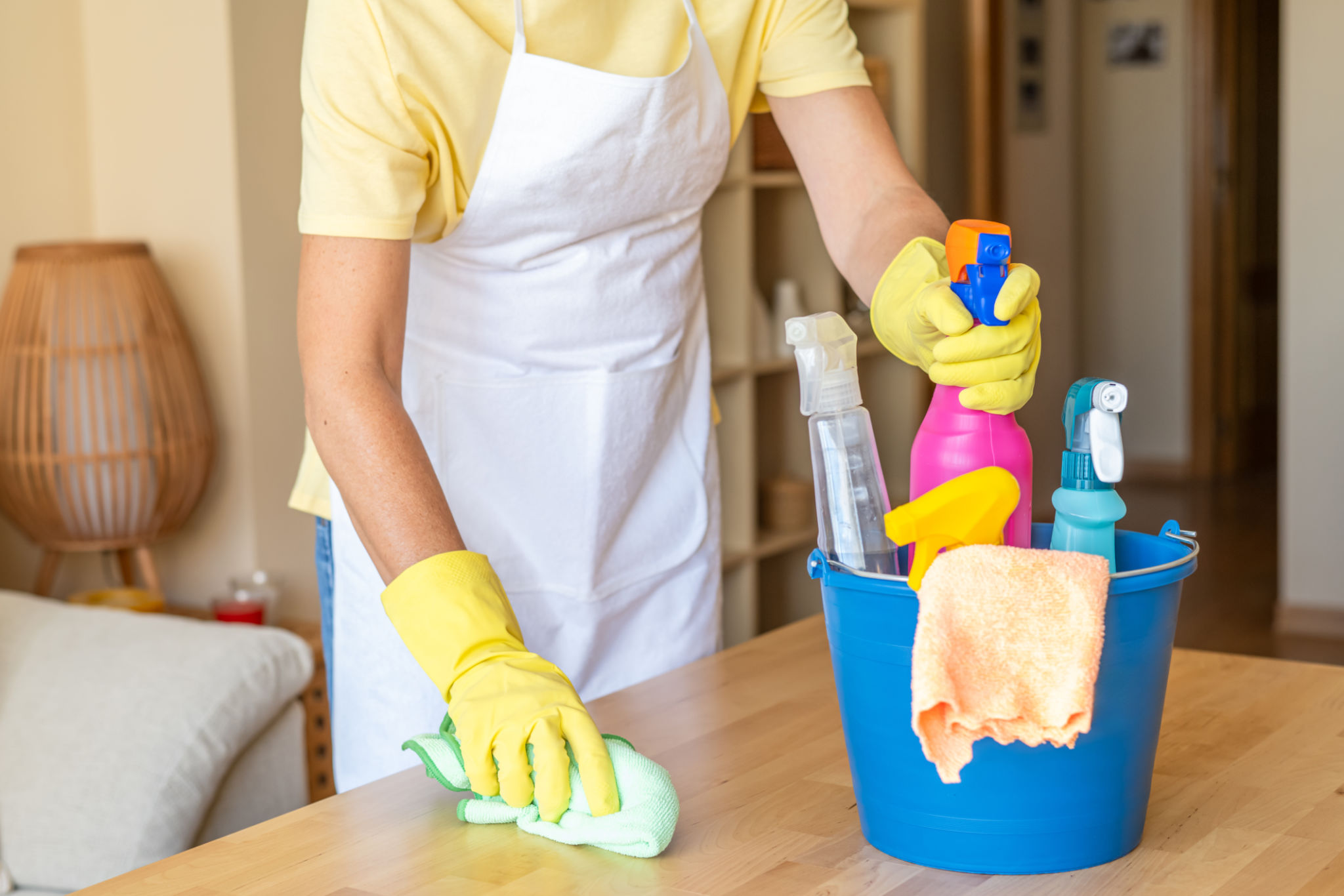Comparing Eco-Friendly Cleaning Products: What You Need to Know
KB
Understanding Eco-Friendly Cleaning Products
Eco-friendly cleaning products have gained significant popularity as more people become conscious of their environmental impact. These products are designed to minimize harm to the environment and human health. Understanding what makes a cleaning product eco-friendly is crucial for making informed choices.
Eco-friendly products typically contain natural ingredients, are biodegradable, and come in recyclable packaging. Additionally, they avoid harsh chemicals that can adversely affect both indoor air quality and water systems when washed down the drain.

Key Ingredients to Look For
When selecting eco-friendly cleaning products, it's important to check the ingredient list. Look for natural ingredients such as vinegar, baking soda, and essential oils. These ingredients are effective at cleaning while being gentle on the environment.
Avoid products that contain phosphates, chlorine, and artificial fragrances. These chemicals can be harmful to aquatic life and may contribute to indoor air pollution. Instead, choose products that are labeled as non-toxic and free from synthetic chemicals.
Certification Labels Matter
Certifications can serve as a helpful guide when choosing eco-friendly cleaning products. Labels such as "Green Seal," "EcoLogo," and "USDA Organic" indicate that a product has been tested and certified by a third-party organization. This can provide peace of mind that the product meets certain environmental and health standards.

The Cost Factor
One common concern about eco-friendly cleaning products is their cost. While these products may be slightly more expensive than conventional options, the benefits often outweigh the costs. Investing in eco-friendly products supports sustainable practices and reduces the risk of exposure to harmful chemicals.
Moreover, some eco-friendly products are concentrated, meaning you need less product per use. This can ultimately save money in the long run and reduce packaging waste.
DIY Alternatives
For those looking to save money or reduce packaging waste further, DIY cleaning solutions are an excellent option. Simple combinations of vinegar, baking soda, and lemon juice can handle a variety of cleaning tasks effectively.
DIY solutions not only reduce reliance on store-bought products but also allow you to control exactly what goes into your cleaning supplies. This ensures a truly eco-friendly approach tailored to your specific needs.

Performance Comparison
There is often skepticism about the effectiveness of eco-friendly cleaning products compared to traditional cleaners. However, many natural products have been shown to perform just as well as their chemical-laden counterparts.
It’s important to note that not all eco-friendly products perform equally. Reading reviews and conducting personal tests can help identify the most effective options for specific cleaning tasks, ensuring satisfaction with your green cleaning efforts.

Conclusion: Making the Switch
Switching to eco-friendly cleaning products is a small change that can have a significant impact on your health and the environment. By understanding what to look for in these products—such as natural ingredients, certification labels, and effective performance—you can make informed decisions that benefit both your home and the planet.
Whether you choose store-bought options or decide to create your own DIY solutions, embracing eco-friendly cleaning practices is a step towards a cleaner, healthier future.
